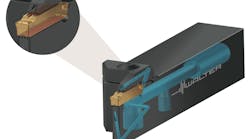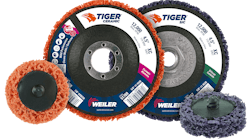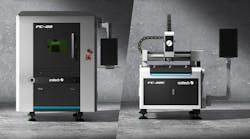Ion Beam Milling Vs. Chemical Etching
This tech brief describes manufacturing thin film circuits using a next-generation anisotropic ion beam milling process that is proving to be the most precise, repeatable, and clean approach over the more random process of traditional material subtraction via chemical etching.
The brief describes experiments conducted by the former Ion Beam Milling, Inc. technical team (now SemiGen) that thoroughly examined the degree of variation in performance of two RF filter circuit designs, one at 12 GHz and the other at 24 GHz. Each were produced via the two processes. The information will provide microwave/millimeter-wave circuit, component, and subsystem engineers a baseline for committing to an intended thin film process and details the key advantages of uniformity and repeatability of trace walls using ion beam milling?particularly at higher frequencies.
The brief makes a strong argument that the ion beam milling process produces such precise and repeatable thin film circuits that it be committed to for all thin film circuits to improve design for manufacturability (DFM) expertise of engineering teams, while improving performance and yields for all products long term. This is especially true for circuit designers who work consistently above 1 GHz. The degree of performance improvement is tied to a variety of factors, including the complexity of the circuit design, feature size, and proximity of trace lines.





